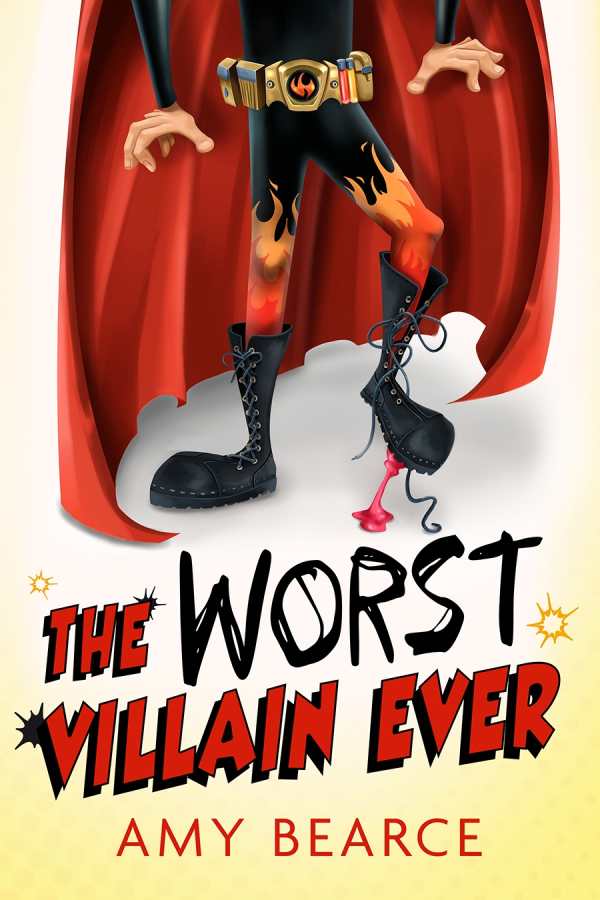The Worst Villain Ever
In Amy Bearce’s exciting novel The Worst Villain Ever, a boy is on a quest to discover his true self, though he has to battle internal and external pressures to do so.
George is a gifted child, but he struggles to balance and meet the expectations of his family, his peers, and himself. In some ways, he is a typical eleven-year-old: he enjoys crafting homemade devices, spending time with his best friend, and dreaming of his exciting future. However, unlike most of his peers, George comes from a family of villains. Though he is eager to attend the Academy of Villainy and Wrongdoing, the most prestigious school for prospective villains, he also questions what it means to be good versus evil.
When George receives his long-awaited acceptance letter, he is both elated and nervous. He knows that he is far from a natural villain. He hesitates to follow through on his evil schemes, he enjoys feeding squirrels, and his best friend even called him “nice.” Still, George is determined to be the best villain ever. But as he navigates a world of good versus evil that is more complicated than he once believed, he starts to question that goal. He learns that other people also struggle to find their senses of self, and that the world seems too determined to squeeze people into narrow labels.
The novel captures the confusion, anxiety, and pressure for acceptance that are universal in people’s childhoods. George’s efforts at self-discovery are made to parallel his unknown future as a villain to engaging effect.
Humorous and heartfelt, The Worst Villain Ever is a novel in which a boy learns a compelling lesson about accepting himself as he is.
Reviewed by
Gail Hoffer-Loibl
Disclosure: This article is not an endorsement, but a review. The publisher of this book provided free copies of the book to have their book reviewed by a professional reviewer. No fee was paid by the publisher for this review. Foreword Reviews only recommends books that we love. Foreword Magazine, Inc. is disclosing this in accordance with the Federal Trade Commission’s 16 CFR, Part 255.

